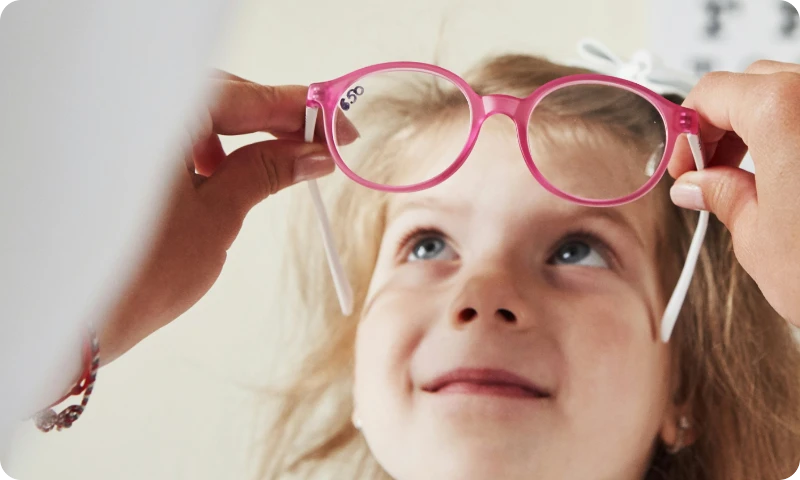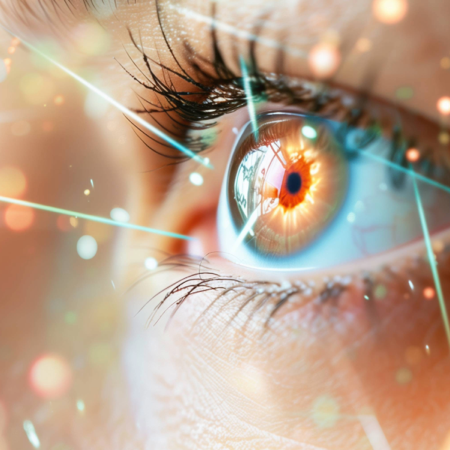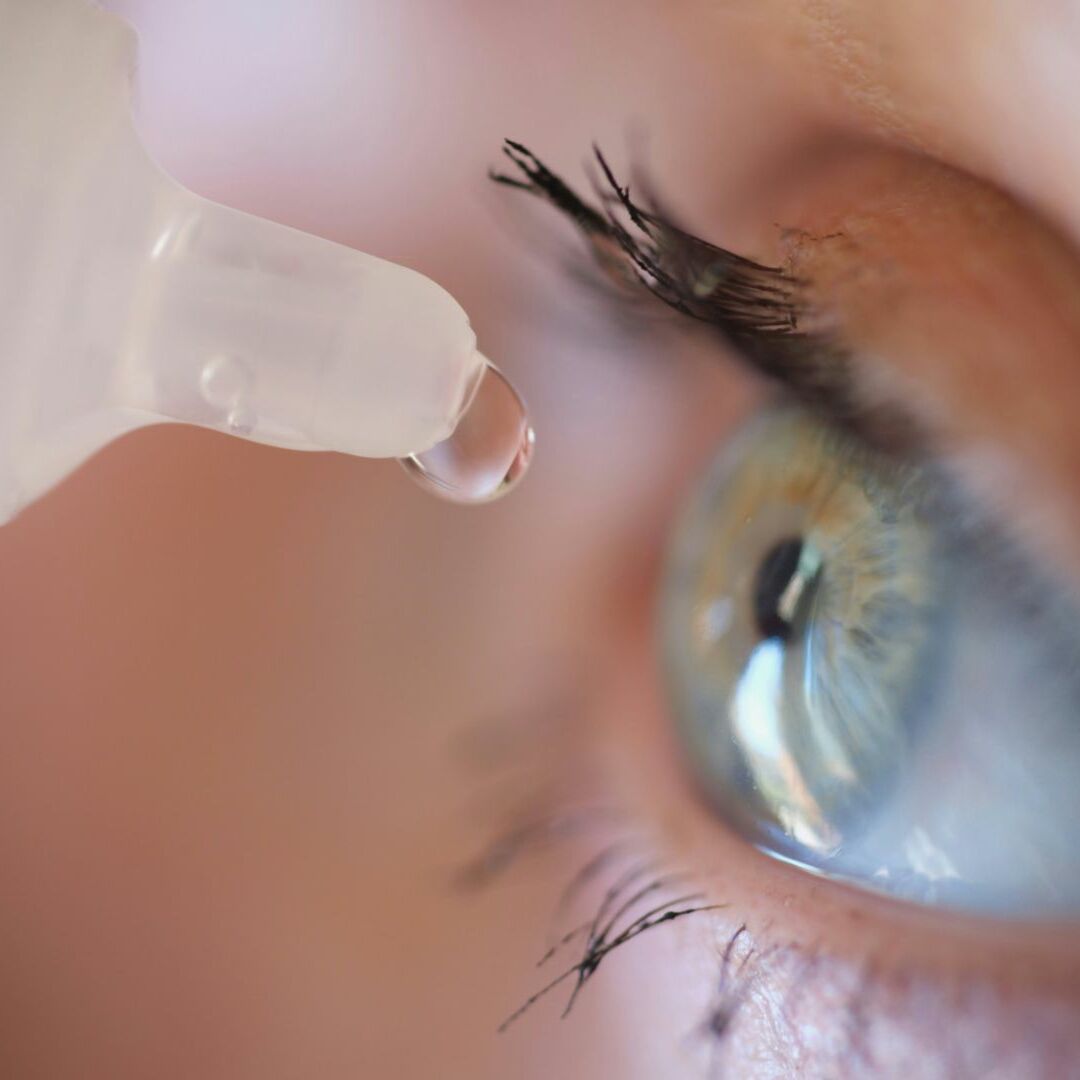
When should your child have their first eye examination?
- Between the ages of 2 and 8 is when a child’s visual system is rapidly developing so it makes sense to get them tested regularly
- If there is a family history of a lazy eye (amblyopia), a turn in the eye (strabismus) or other congenital eye conditions then your child should be examined between the ages of 1-2 years
- All children should have their eyes examined before they start school
- A child will often not report that their vision is blurred as they have never known anything different and assume this is how everyone sees
Does your child have vision problems?
- Not being able to see the school board/TV
- One eye turning (may only be present when tired or ill)
- Headaches, especially towards the evening
- Eye rubbing or blinking
- Complaining of double vision
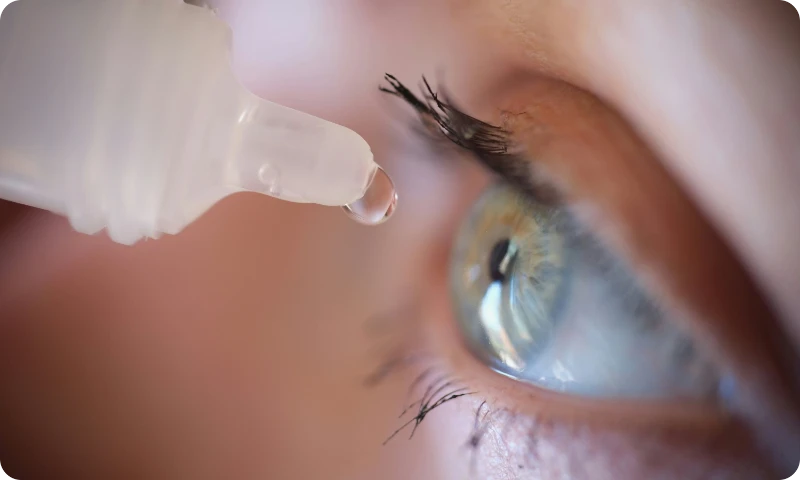
Children’s Eye Conditions

Short-sightedness (Myopia)
‘Myopia Control’ is the term to describe treatments available to slow the progression of short-sightedness in children.
This is partly due to the rise in sedentary indoor lifestyles and increasing amount of near activities. At CG Optical, we can treat Myopia and are happy to discuss the options of Myopia Control contact lenses and Myopia Control spectacle lenses.
Myopia Control contact lenses and spectacle lenses have been proven to slow the progression of short sightedness in children by an average of 50-60%. You can find out more by reading our Myopia Blog.
Lazy Eye (Amblyopia)
It’s difficult to treat lazy eye after the age of 6, so it’s recommended that all children have their vision tested after their fourth birthday. A ‘lazy eye’ is a childhood condition where the vision does not develop properly, known medically as amblyopia. The reason a child develops Lazy Eye is because one or both eyes are unable to build a strong link to the brain.
It usually only affects one eye and means that the child can see less clearly out of the affected eye and relies more on the ‘good’ eye. Lazy eye is often diagnosed by having routine eye tests before parents realise there’s a problem. So its important your child has regular eye tests. A lazy eye can be caused by:
- A reduced amount of light entering the eye
- A lack of focus in the eye
- Confusion between the eyes – where the two images aren’t the same (such as a squint)
Left untreated, this can lead to the eye’s central vision never reaching normal levels.
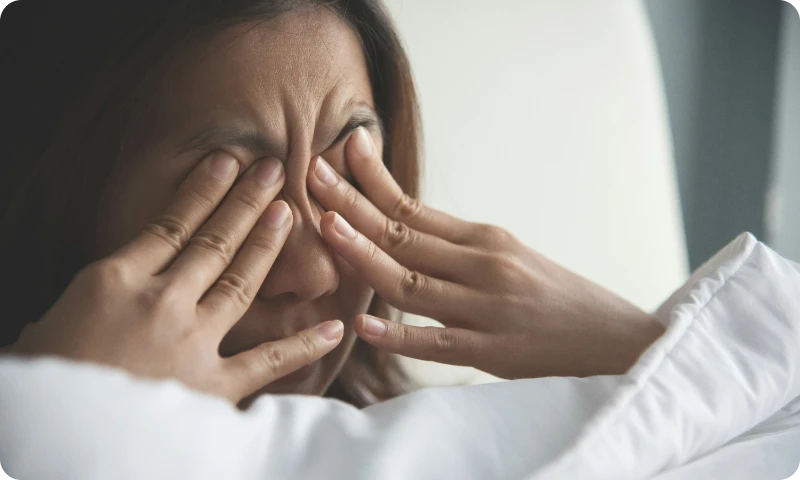
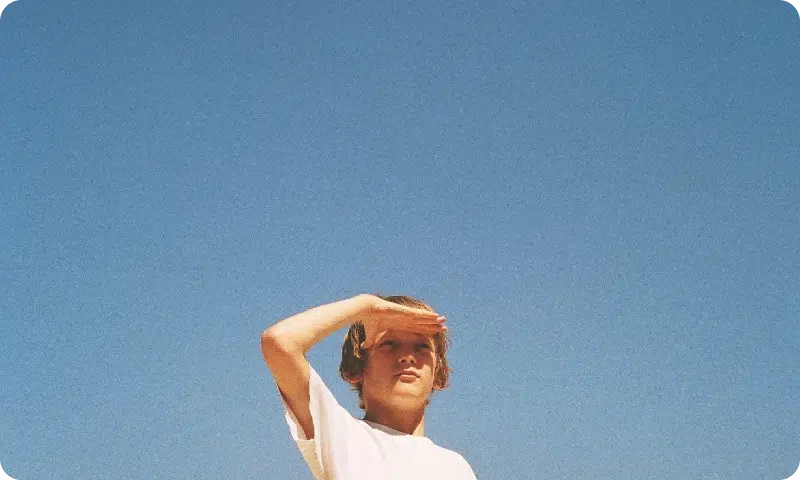
Squint (Strabismus)
A squint, also called Strabismus, is where the eyes point in different directions. This is particularly common in young children but can occur at any age. One of the eyes may turn in, out, up or down while the other eye looks ahead. It can happen all the time or it can come and go.
Treatment is usually recommended to correct a squint, as it’s unlikely to get better on its own and it could cause further problems if not treated early on. Come and talk to us if you have any concerns about your child’s vision. Signs of a problem can include regularly turning their head to one side or keeping one eye closed when looking at things.
Looking for Adults’s eye conditions?
Uncover information on common eye conditions affecting adults.
Eye Conditions News & Articles
We're here to help
Let us take care of your eyes and help you find the perfect frames or lenses. You’ll leave feeling confident, healthy and beautiful.
